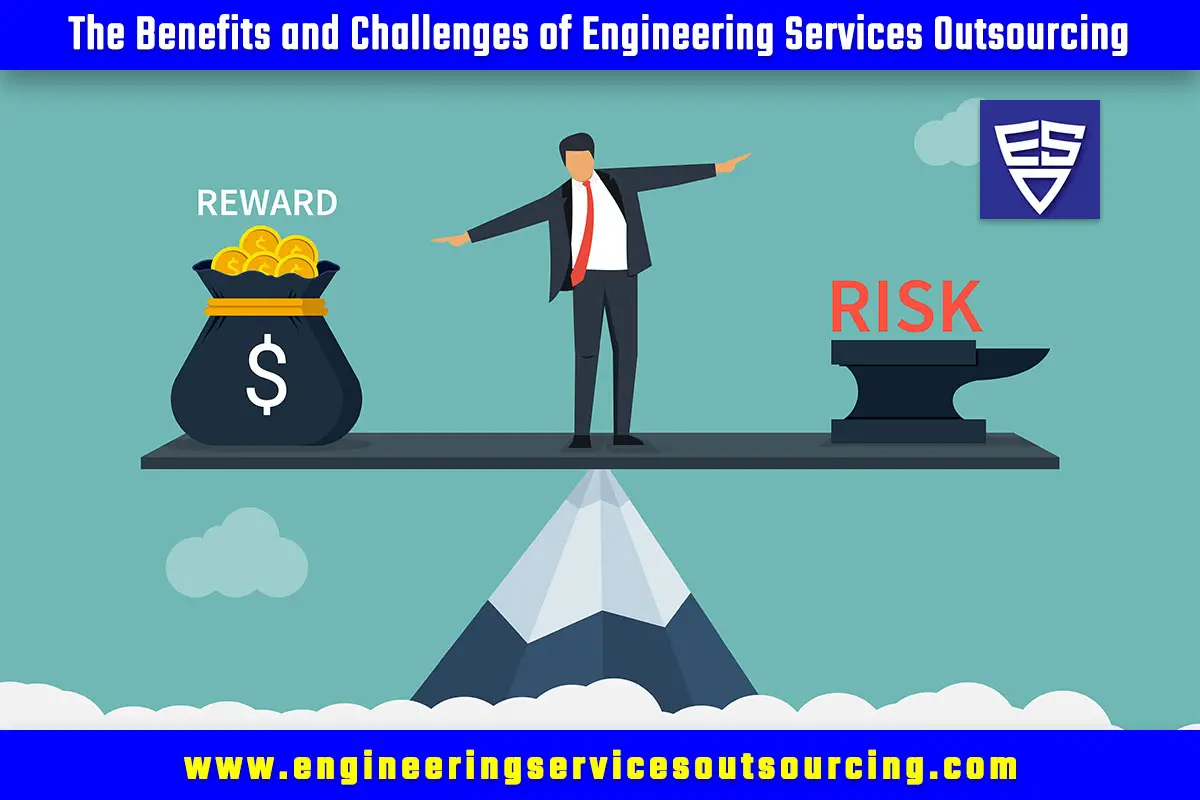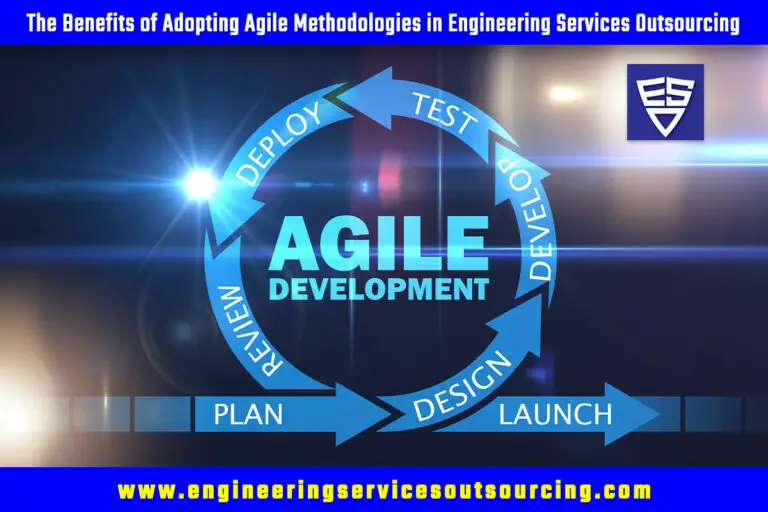
In today’s business landscape, companies are constantly looking for ways to improve efficiency, reduce costs, and remain competitive. One approach that has gained significant traction in recent years is outsourcing. Engineering services outsourcing (ESO) is a specific type of outsourcing that can help engineering firms streamline their operations, improve efficiency, and reduce costs. However, ESO also comes with its own set of challenges. In this blog post, we will explore the benefits and challenges of ESO and provide tips for optimizing your ESO strategy.
Table of Contents
1) Benefits of Engineering Services Outsourcing:
1.1) Cost savings
One of the most significant benefits of ESO is cost savings. Outsourcing engineering services to a firm in a lower-cost country can significantly reduce labor costs, allowing the outsourcing firm to remain competitive while still delivering high-quality engineering services. By leveraging the cost savings of ESO, firms can invest in other areas of their business, such as research and development or marketing, which can further enhance their competitive advantage.
1.2) Access to specialized skills and expertise
Another benefit of ESO is the ability to tap into specialized skills and expertise that may not be available in-house. Outsourcing firms often have a pool of highly qualified engineers with a range of skills and experience in various domains. By leveraging this talent pool, outsourcing firms can improve the quality of their services and expand their service offerings. This can also help them win more business, as they can offer a broader range of services to their clients.
1.3) Increased efficiency and flexibility
Outsourcing engineering services can also increase efficiency and flexibility. Outsourcing firms are often able to complete tasks faster and more efficiently than in-house teams, allowing the outsourcing firm to scale up or down quickly based on changing project requirements. This can be particularly beneficial for small or medium-sized firms that may not have the resources to support large-scale engineering projects on their own.
1.4) Focus on core competencies.
Outsourcing non-core engineering activities can allow a company to focus on its core competencies, reducing distractions and allowing it to be more competitive in its primary business areas. This can also help engineering firms stay up-to-date with the latest trends and technologies in their field, as they can allocate resources to research and development rather than on routine engineering tasks.
2) Challenges of Engineering Services Outsourcing:
2.1) Communication and cultural barriers
One of the most significant challenges of ESO is the communication and cultural barriers that can arise when outsourcing to a firm in another country. Language barriers, time zone differences, and cultural differences can all make it difficult to communicate effectively, leading to misunderstandings, delays, and decreased productivity. To overcome these challenges, firms must develop strong communication protocols, establish regular communication channels, and ensure that both parties have the necessary language and technical skills to communicate effectively.
2.2) Quality control
Maintaining quality control can be another challenge of ESO. Outsourcing firms may not have the same quality standards as the outsourcing firm, and it can be challenging to ensure that work is completed to the required level of quality. To address this challenge, firms must establish clear quality standards, provide detailed project requirements, and monitor progress regularly to ensure that work is being completed to the expected level of quality.
2.3) Intellectual property protection
Protecting intellectual property can also be a significant concern when outsourcing engineering services. Outsourcing firms may not have the same level of data security as the outsourcing firm, and there is a risk of sensitive information being leaked or stolen. To mitigate this risk, firms must implement appropriate data security measures, define intellectual property ownership, and ensure that the outsourcing firm has signed an appropriate non-disclosure agreement.
2.4) Managing the outsourcing relationship
Managing the outsourcing relationship can also be a challenge. The outsourcing firm must ensure that the outsourcing firm is delivering the services as promised and that they are meeting the outsourcing firm’s requirements. This includes setting up regular progress reviews, monitoring key performance indicators, and providing feedback to the outsourcing firm.
3) Tips for optimizing your ESO strategy:
3.1) Clearly define project requirements.
To ensure that the outsourcing firm understands the outsourcing firm’s requirements, it is essential to clearly define project requirements from the outset. This includes outlining the scope of the project, expected deliverables, timelines, and quality standards.
3.2) Establish a strong communication plan.
To overcome communication and cultural barriers, it is essential to establish a strong communication plan from the outset. This includes identifying the best communication channels for both parties, setting up regular check-ins, and ensuring that both parties have the necessary language and technical skills to communicate effectively.
3.3) Choose the right outsourcing partner.
Choosing the right outsourcing partner is critical to the success of an ESO engagement. The outsourcing firm must select an outsourcing firm that has the necessary skills and expertise to deliver the required services and has a track record of delivering high-quality work.
3.4) Protect intellectual property
To protect intellectual property, the outsourcing firm must implement appropriate data security measures, define intellectual property ownership, and ensure that the outsourcing firm has signed an appropriate non-disclosure agreement.
3.5) Monitor progress and review regularly.
Monitoring progress is essential to ensuring that the outsourcing firm is delivering the services as promised. This includes setting up regular progress reviews, monitoring key performance indicators, and providing feedback to the outsourcing firm.
3.5) Build a strong outsourcing relationship.
Building a strong outsourcing relationship is essential to the long-term success of an ESO engagement. This includes developing trust, building strong working relationships, and treating the outsourcing firm as a true partner in the project.

Conclusion:
ESO offers many benefits to engineering firms, including cost savings, access to specialized skills, increased efficiency, and the ability to focus on core competencies. However, ESO also comes with its own set of challenges, including communication and cultural barriers, quality control, intellectual property protection, and managing the outsourcing relationship. By following best practices such as clearly defining project requirements, establishing a strong communication plan, choosing the right outsourcing partner, protecting intellectual property, monitoring and reviewing progress, and building a strong outsourcing relationship, firms can successfully navigate these challenges and reap the rewards of ESO. By implementing these tips, the outsourcing firm can maximize the benefits of ESO while minimizing its challenges, leading to increased efficiency, reduced costs, and improved competitiveness.
Related Article:





